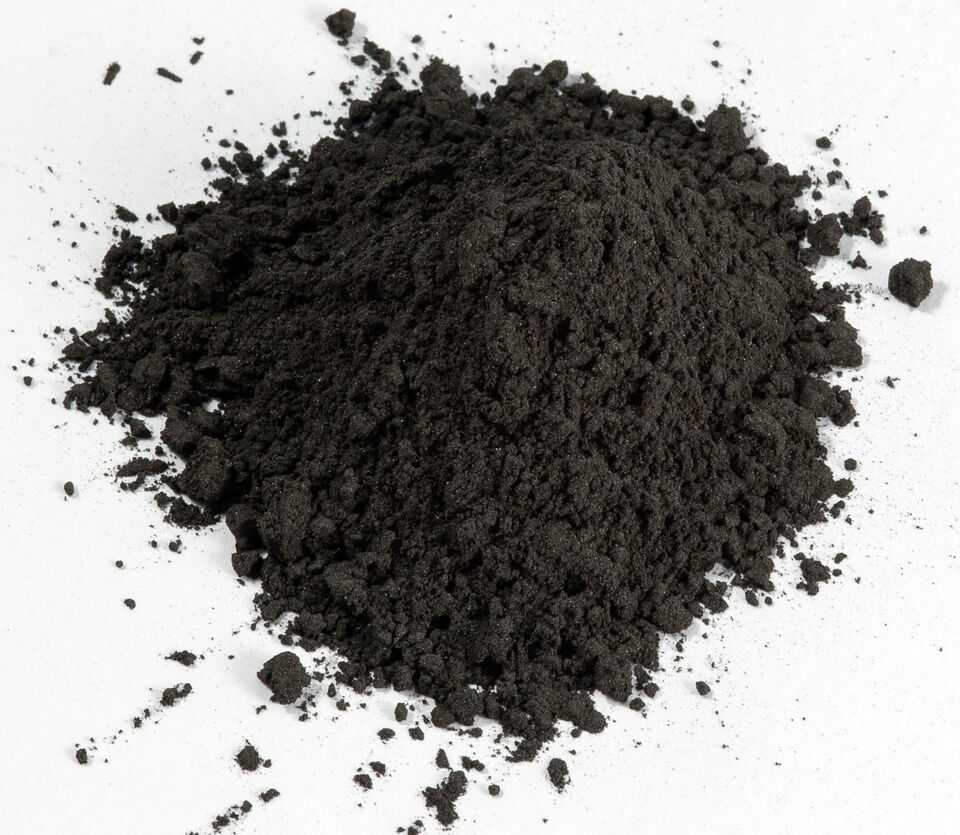
- English
- Español
- Português
- русский
- Français
- 日本語
- Deutsch
- tiếng Việt
- Italiano
- Nederlands
- ภาษาไทย
- Polski
- 한국어
- Svenska
- magyar
- Malay
- বাংলা ভাষার
- Dansk
- Suomi
- हिन्दी
- Pilipino
- Türkçe
- Gaeilge
- العربية
- Indonesia
- Norsk
- تمل
- český
- ελληνικά
- український
- Javanese
- فارسی
- தமிழ்
- తెలుగు
- नेपाली
- Burmese
- български
- ລາວ
- Latine
- Қазақша
- Euskal
- Azərbaycan
- Slovenský jazyk
- Македонски
- Lietuvos
- Eesti Keel
- Română
- Slovenski
- मराठी
- Srpski језик
Isostatic Graphite Production Technology
2024-08-23
Isostatic pressing technology is a critical process in the manufacturing of isostatic graphite, largely determining the performance of the final product. As such, comprehensive research and optimization of isostatic graphite production remain essential focal points in the industry.
Two common methods for producing isostatic graphite are the single-phase self-sintering method and the binary method. The single-phase self-sintering method utilizes intermediate phase carbon microspheres or green coke with inherent binding components. These materials are processed through isostatic pressing, baking, and graphitization to create the final product. In contrast, the binary method involves using pitch as a binder and calcined coke powder as an aggregate. The materials undergo mechanical kneading, isostatic pressing, baking, impregnation, and graphitization.
Research indicates that different process parameters significantly affect the microstructure of high-density isostatic graphite. In the preparation of high-density isostatic graphite, optimizing raw material pretreatment and adjusting processing parameters can specifically control the microstructure. This leads to a significant reduction in porosity, improvement in crystal alignment, and ultimately an enhancement of the graphite's physical properties, providing a scientific basis for its wide application. For example, reducing the particle size of the raw material aggregate decreases the pore size in the graphite, improving its mechanical properties.

Raw Material and Process Optimization
Raw Material Selection and Pretreatment
The selection and pretreatment of raw materials are crucial steps in ensuring the performance of the final product. When choosing raw materials, natural graphite is typically preferred due to its relatively complete lattice structure and excellent electrical conductivity. In selecting natural graphite, attention must be paid to parameters such as particle size, crystal structure, and impurity content to ensure the efficient use of the material in subsequent processes. Additionally, a certain proportion of synthetic graphite or additives can be introduced to adjust specific performance characteristics of the final product.
Pore Control in Graphite Materials
Pore control in graphite materials is a critical aspect of the high-density isostatic graphite preparation process, directly impacting the final product's density, thermal conductivity, and mechanical properties. Effective pore control enhances the material's mechanical stability and thermal conductivity. To achieve this, measures must be taken during the raw material selection and pretreatment stages. Selecting raw materials with uniform particles and complete crystallization reduces the likelihood of pore formation during subsequent processes. Moreover, thorough pretreatment steps such as pulverization and screening ensure particle uniformity, contributing to uniformity during isostatic pressing.
Optimization of Processing Parameters
The optimization of processing parameters plays a crucial role in high-density isostatic graphite preparation, directly influencing the final product's density, crystal structure, and mechanical properties. Among these parameters, the selection of pressing force is particularly important. During isostatic pressing, mechanical force causes the graphite particles to undergo plastic deformation, leading to tighter particle bonding. To maximize density, it is essential to increase the pressure appropriately while ensuring uniform distribution to avoid structural inconsistencies due to uneven pressing. In practice, experimentation and analysis should be conducted to determine the optimal pressure range, balancing density and mechanical performance requirements.
Cubic Pressing and Sintering Process
Cubic pressing and sintering are key steps in the preparation of high-density isostatic graphite, directly determining the final product's density and crystal structure. During cubic pressing, mechanical force causes plastic deformation between material particles, achieving tighter bonding. To enhance the effectiveness of cubic pressing, it is necessary to increase the pressure while ensuring uniform distribution, preventing structural inconsistencies due to uneven pressing. Through experimentation and analysis, the optimal pressure range should be determined to balance density and mechanical performance requirements.
The production of high-density isostatic graphite is a complex process involving careful selection and pretreatment of raw materials, precise pore control, and meticulous optimization of processing parameters. Each step, from raw material selection to cubic pressing and sintering, plays a vital role in determining the final product's quality. By continuing to research and optimize these processes, the industry can achieve isostatic graphite with enhanced physical properties, meeting the ever-growing demands of various applications.
Semicorex offers high-quality isostatic graphite parts for semiconductor industry If you have any inquiries or need additional details, please don't hesitate to get in touch with us.
Contact phone # +86-13567891907
Email: sales@semicorex.com




